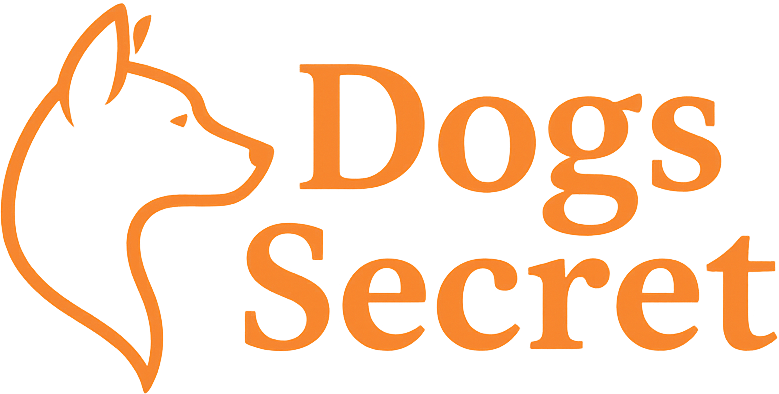The first 24 hours with your new dog are crucial. Whether you’ve adopted a playful puppy or a rescue adult, this first day sets the tone for your entire relationship. It’s a time of excitement, but also of uncertainty—for both of you.
Many new dog owners unknowingly make simple mistakes during the first day that can lead to stress, confusion, or long-term behavioral challenges. In this guide, we’ll walk you through the most common pitfalls to avoid and help you make your dog’s first day at home smooth, safe, and successful.
1. Skipping Preparation
Bringing a dog home without being ready can create chaos from the start.
What to avoid:
- No designated sleeping area
- No food or water bowls ready
- No leash, collar, or safe containment space
Do this instead:
- Puppy-proof your home before arrival
- Prepare a quiet area with a bed, crate, and toys
- Stock up on essentials: food, bowls, leash, ID tag, waste bags
2. Overwhelming Your Dog with Attention
It’s tempting to shower your dog with affection and introduce them to every family member at once—but that can lead to anxiety.
What to avoid:
- Loud noises, hugs, or crowds
- Forcing interaction or physical contact
- Hosting guests or children right away
Do this instead:
- Let your dog explore the home slowly and calmly
- Give them space to adjust at their own pace
- Offer treats and calm praise, but don’t overstimulate
3. Lack of Structure
Dogs feel more secure when there’s a predictable routine from day one.
What to avoid:
- Feeding at random times
- No bathroom schedule
- Letting your dog roam freely without supervision
Do this instead:
- Set a schedule for meals, walks, and potty breaks
- Use a leash indoors if needed to manage access to certain areas
- Begin crate training or confinement early to build routine and trust
4. Allowing Too Much Freedom Too Soon
Giving your dog free access to the entire house right away can lead to accidents, chewing, or overwhelm
What to avoid:
- No boundaries or rules
- Letting the dog explore unsupervised
- Assuming they’re house-trained
Do this instead:
- Start in one room or area and expand slowly
- Supervise closely or use baby gates
- Praise and reward for correct behavior from the start
5. Ignoring Signs of Stress
Even confident dogs can feel nervous during the transition to a new home.
What to avoid:
- Dismissing whining, pacing, or avoidance
- Assuming they’re “just being stubborn”
- Forcing new experiences right away
Do this instead:
- Observe body language: tail tucked, ears back, hiding
- Give your dog quiet time and a safe retreat
- Be gentle and patient—building trust takes time
6. Skipping the First Vet Check
Even if your dog seems healthy, a vet visit is important within the first week—and ideally within the first 24–72 hours.
What to avoid:
- Delaying health checks or vaccines
- Skipping microchipping or ID updates
- Assuming previous records are accurate
Do this instead:
- Schedule a wellness exam early
- Bring any adoption records or health info you received
- Discuss parasite prevention, feeding, and behavior concerns
7. Introducing Other Pets Too Quickly
If you have other animals at home, don’t rush the introductions.
What to avoid:
- Unsupervised meetings
- Letting dogs «work it out»
- Introducing pets in tight or stressful spaces
Do this instead:
- Use leashes and neutral spaces for first meetings
- Go slowly, monitor body language, and separate if needed
- Give each pet time and space to adjust
Conclusion
The first 24 hours with your new dog should be calm, structured, and full of gentle guidance. By avoiding these common mistakes, you set the stage for a smoother adjustment and a happier bond. Remember—your dog doesn’t need perfection on day one. They just need safety, patience, and time to learn that they’re finally home.
Want help planning your first week? Visit our New Dog Starter Plan for daily checklists and training routines.

